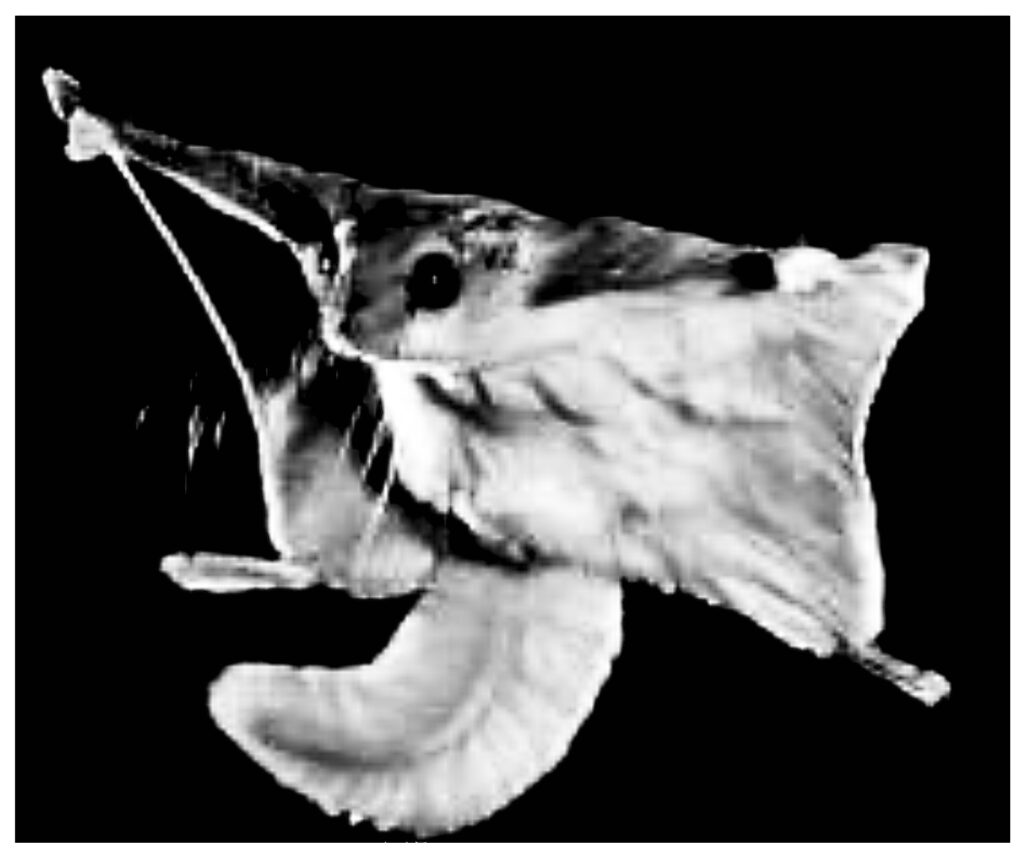
SQUIRRELS
Squirrels are familiar to almost everyone. More than 200 squirrel species live all over the world, with the notable exception of Australia.
A group of squirrels is called a scurry. A baby squirrel is called a kit or kittens.
The tiniest squirrel is the aptly named African pygmy squirrel—only five inches long from nose to tail. Others reach sizes shocking to those who are only familiar with common tree squirrels. The Indian giant squirrel is three feet long.
Like other rodents, squirrels have four front teeth that never stop growing so they don’t wear down from the constant gnawing. Tree squirrels are the types most commonly recognized, often seen gracefully scampering and leaping from branch to branch. Other species are ground squirrels that live in burrow or tunnel systems, where some hibernate during the winter season.
Ground squirrels eat nuts, leaves, roots, seeds, and other plants. They also catch and eat small animals, such as insects and caterpillars. These small mammals must always be wary of predators because they are tasty morsels with few natural defenses, save flight. Sometimes groups of ground squirrels work together to warn each other of approaching danger with a whistling call.
Tree squirrels are commonly seen everywhere from woodlands to city parks. Though they are terrific climbers, these squirrels do come to the ground in search of fare such as nuts, acorns, berries, and flowers. They also eat bark, eggs, or baby birds. Tree sap is a delicacy to some species.
Flying squirrels are a third, adaptable type of squirrel. They live something like birds do, in nests or tree holes, and although they do not fly, they can really move across the sky. Flying squirrels glide, extending their arms and legs and coasting through the air from one tree to another. Flaps of skin connecting limbs to body provide a wing-like surface. These gliding leaps can exceed 150 feet. Flying squirrels eat nuts and fruit, but also catch insects and even baby birds. Unlike other squirrel species, tree squirrels don’t hibernate. They instinctively bury food in hundreds of caches to dig up during leaner months—some of those stored acorns and other seeds are forgotten, making squirrels one of the most effective (if accidental) tree planters on the planet.
Many people enjoy watching the antics of squirrels playing and scampering up and down trees. At backyard bird feeders, squirrels are tricksters figuring out new ways to get to the seeds. These larger creatures scare away the smaller bird’s feeders are meant to attract. There are feeders and gadgets designed to deter squirrels. The main thing is to exclude squirrels from entering the home. Keep your garage door closed and don’t leave open windows unattended.
Trapping and relocating squirrels is the last resort. This is not easy and usually ends up poorly for the squirrel. In fact, a 2004 study of grey squirrels who were trapped and relocated from suburban areas to a large forest showed that a staggering 97 percent of the animals either soon died or disappeared from the release area.
Chipmunks are small squirrels with stripes. Chipmunks have cheek pouches which help them carry food. Many chipmunk species hoard food such as nuts, berries, egg and grains for the winter.
Remember that just like every other animal, squirrels are just trying to survive.
Information and photograph in this article are thanks to National Geographic.
Happy Autumn,
James
